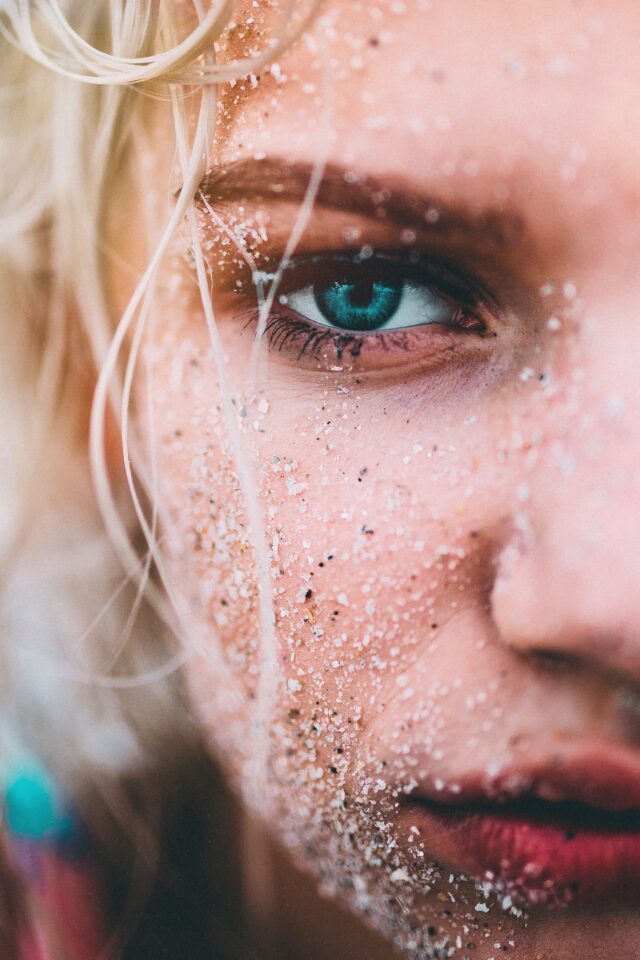
By Christopher Ardant
Everyone loves the idea of microneedling. It promises miracles—youthful-looking skin, no wrinkles, collagen growth, faded scars. It sounds almost too good to be true…
In 2005, my Swiss center was chosen to evaluate microneedling for skin rejuvenation. I tested it extensively using the Visia® imaging system. My team and I came to the conclusion that microneedling was and is the best quasi-invasive skin procedure to improve the appearance of scars and keloids. However, when it comes to true skin rejuvenation, if deciding between microneedling versus retinoids, microcurrent [treatments], cold lasers, ascorbates and peptides, I choose the latter options.
You may question my opinion, particularly when you’re looking at before-and-after pictures in microneedling advertisements. The skin looks plumper. It seems as though your skin is plumper. The truth is, if the skin looks plumper in the days following the microneedling, it’s probably the result of subclinical inflammation, and not because new collagen was built in the dermis. If I biopsied the skin like we often do in Switzerland, it wouldn’t show new collagen, but edema, which is water retention induced by subclinical inflammation. And people say, “It works so well for me.” If only they knew the truth!
Since several microneedling DIY devices are on the market and our patients regularly ask about do-it-yourself microneedling, I feel I need to give information on how to use the device at home in the safest way possible.
It is of vital importance to remember that the skin is an immune organ. We strive to keep it as free from infection as possible, so it can protect us. Before you even think of using a microneedling device, your skin needs to be checked by a doctor or a licensed skin care professional to determine whether or not you can use the device responsibly and safely.
Your skin should be free of infections, warts and burns that are still healing. There are clinical cases of people microneedling and spreading warts all over their faces (warts are caused by viruses, and are very contagious).
Always read and follow the instructions in the packaging before using your microneedling device. You don’t want to bring infection to your skin, so be extremely careful. Keep the spikes of the device covered until you’re going to use it. Don’t put your device on the counter.
Skin must be in a healthy state before you use this tool, because it intentionally causes “controlled damage” to the skin. Following the use of a microneedling device, the skin will pass through four phases: hemostasis, where there is blood coming from the skin; then inflammatory, caused by the cytokines and white blood cells starting the repair process. If the skin is left alone, this will naturally move to the proliferative stage, where new skin grows; and finally, remodeling.
Respect for healing time is key. If your skin is still in the inflammatory phase or the proliferative phase and you microneedle again, you will break the cycle and trigger acute inflammation, which could turn into chronic inflammation. Chronic inflammation may induce hyperpigmentation, overstimulate collagen production and create scarring (scars are essentially excess collagen).
With microneedling, there’s a balance between potential benefits and potential damage. That’s why this technique should be left in the hands of professionals.
Christopher Ardant is a dermocosmetic scientist, with 30 years of expertise in the field of noninvasive skin rejuvenation. His Centers are in Lugano, Switzerland, and New York City. christopherardant.com



